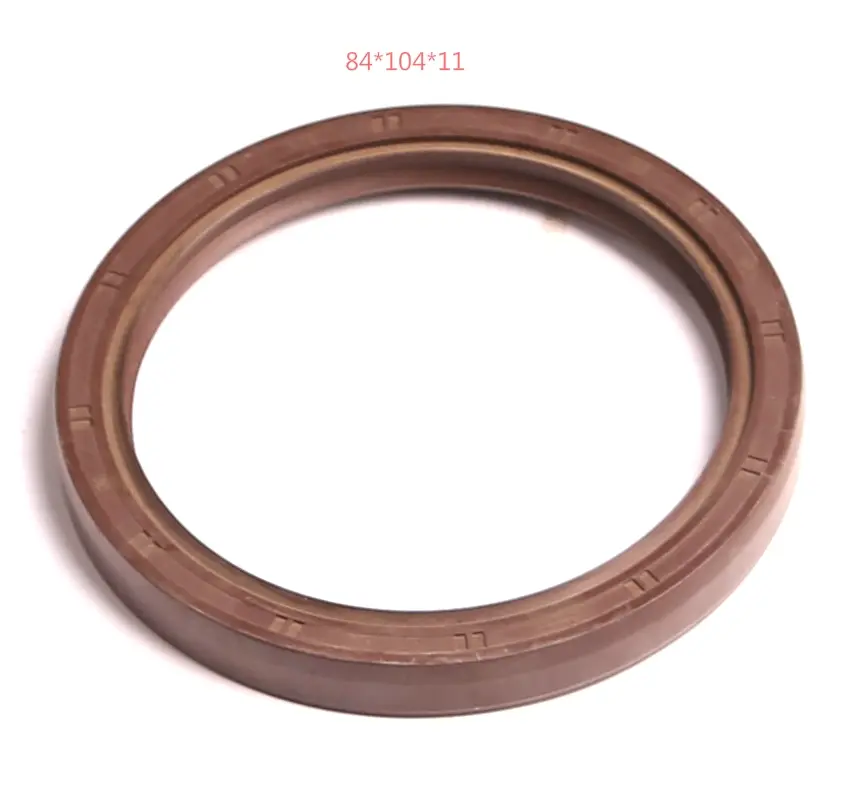Horse anxiety is a complex issue that requires careful attention and consideration. Although medication can play a significant role in helping anxious horses, it is essential to adopt a holistic approach that includes behavioral management and environmental adjustments. By understanding the nature of horse anxiety and implementing appropriate strategies, owners can help their equine companions lead happier, healthier lives.





